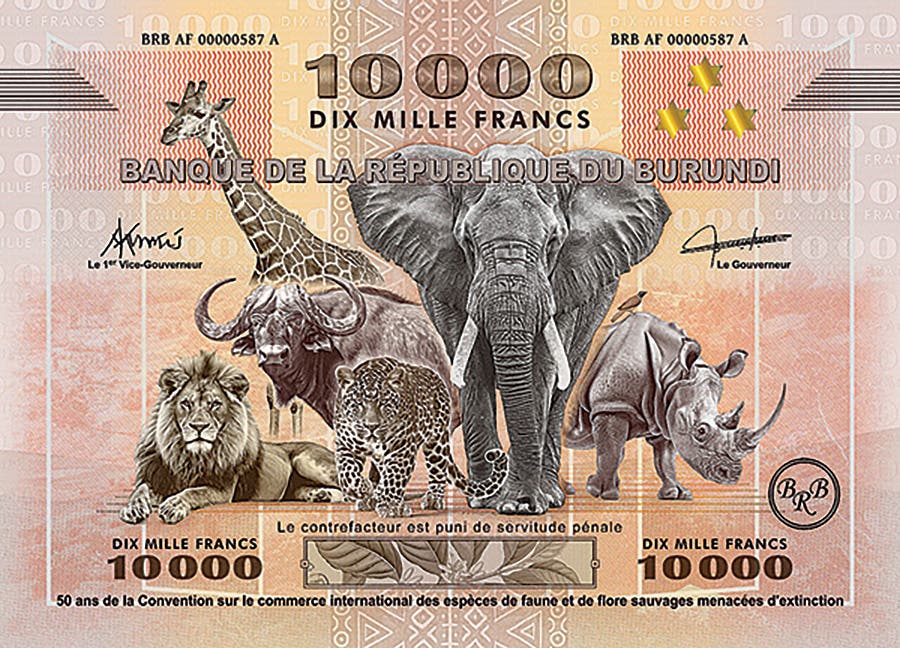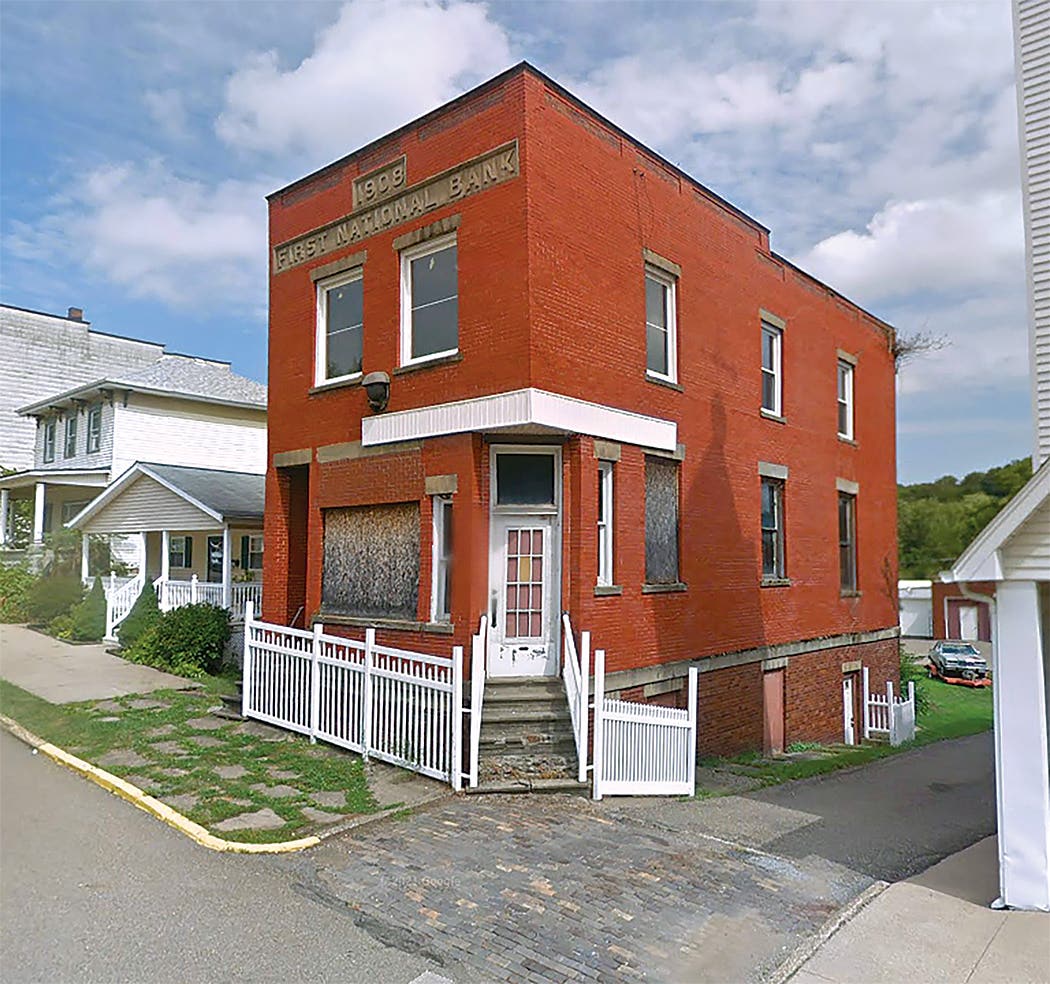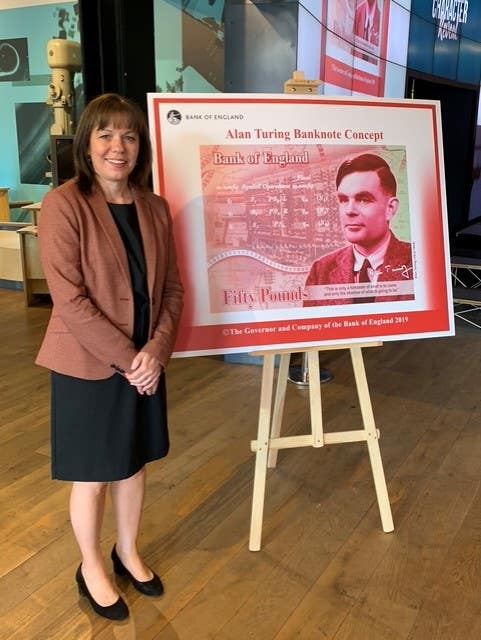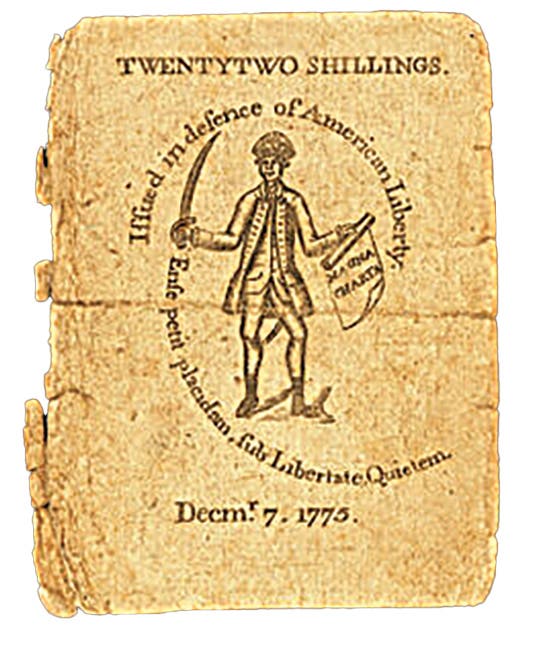Somerville graces Scotland note
Last fall, the Royal Bank of Scotland released its new £10 note. The note’s right face is dominated by a three-quarter profile of Mary Somerville. A public vote in 2016…
Last fall, the Royal Bank of Scotland released its new £10 note. The note’s right face is dominated by a three-quarter profile of Mary Somerville.
A public vote in 2016 to decide who should appear on the new RBS tenner saw Somerville easily beat out physicist James Clerk Maxwell and civil engineer Thomas Telford.
Today, few would have heard of Somerville. Yet in the 19th century, she was internationally recognized both as an extraordinary person and an even more extraordinary woman.
Mary was the daughter of Vice-Admiral Sir William George Fairfax. The admiral’s pay was meager, and the family lived in genteel poverty. This was the day and age when society deemed reading, writing and ’rithmetic unnecessary for a gentlewoman’s primary role of snagging themselves a suitable husband.
Nonetheless, Mary’s mother taught her to read, and her father sent her to school to learn writing, grammar and French. Her father had an excellent library in which Mary regularly immersed herself. Her aunt did not approve.
At 13, her mother sent her to Edinburgh to expand her writing skills. Here she also learned the rules of arithmetic while teaching herself Latin.
She was encouraged by an uncle to expand her knowledge. He assured her that many classical women had been elegant scholars. He introduced her to Virgil in the original Latin.
All this education encouraged Mary to be her own person and think for herself. She demonstrated this politically. Her father might be a dyed-in-the wool Tory, but Mary became a staunch liberal – although never a republican!
One summer, the duckling found water. Mary discovered books of algebra and geometry. With Euclid’s Elements heading her reading list, she never looked back, but in-between times taught herself Greek.
In 1804, she married. It was not a happy time. Mary’s husband believed women lacked the capacity for intellectual pursuits. However, when he died in 1807, her inheritance gave her independence. She returned to Scotland and threw herself into mathematics. She mastered plane and spherical trigonometry, followed by conic sections. James Ferguson’s Astronomy was digested, along with Newton’s Principia. When she solved a Diophantine problem in 1811, she was awarded a silver medal.
She came to the attention of Scottish academics. They directed her to Laplace’s studies of gravity, along with the mathematical results of the 50 years since Principia was published. Astronomy, chemistry, geography, microscopy, electricity and magnetism were absorbed.
In 1812, she married Dr. William Somerville. He encouraged her studies. His connections led Mary to meet many of the great minds of the day.
In 1826, her first paper was published in the Proceedings of the Royal Society. It concerned “The magnetic properties of the violet rays of the solar spectrum.” This saw the Royal Society invite Mary to translate Laplace’s five volumes of Mécanique Céleste, the sum of current knowledge of gravitational mathematics.
Mary produced more than a translation. She expanded the first two volumes and included a stand-alone mathematical exposition of the workings of the solar system: The Mechanism of the Heavens. It became the standard textbook on the subject at the University of Cambridge and established Mary internationally. The Crown granted her a civil pension of £200 a year in recognition of her eminence in science and literature.
Mary’s passion had become astronomy, which she considered the link for all branches of physical science. That link was demonstrated in her 1834 book, On the Connexion of the Physical Sciences. It documented the latest advances in astronomy, physics, chemistry, botany and geology. In a review, William Whewell coined the term “scientist” for Mary. Until then, “man of science” had been the common English usage.
Her Physical Geography – the first English text on the subject – was published in 1848 and brought her the Victoria Gold Medal of the Royal Geographical Society. It was followed in 1869 by Molecular and Microscopic Science.
Throughout her professional life, Mary updated her books regularly. The sale of the revised editions provided an important source of income. The 15,000 copies of Connexions alone provided financial security and established her among the scientific elite. It was the most successful scientific book prior to Darwin’s Origin of Species in 1859.
In 1835, Mary and Caroline Herschel became the first women members of the Royal Astronomical Society. This was no tokenism, as Mary demonstrated in 1842. The sixth edition of Connexions discussed a hypothetical planet. An estimate was made of the unknown’s size and mass. Her observations saw John Couch Adams confirm Mary’s predictions in 1846 with the discovery of Neptune.
Mary died at Naples in November 1872. Today, her name is attached to an asteroid and a lunar crater, while her face graces an RBS £10 note.
This article was originally printed in Bank Note Reporter. >> Subscribe today.
More Collecting Resources
• When it comes to specialized world paper money issues, nothing can top the Standard Catalog of World Paper Money, Specialized Issues .
• Start becoming a coin collector today with this popular course, Coin Collecting 101.








